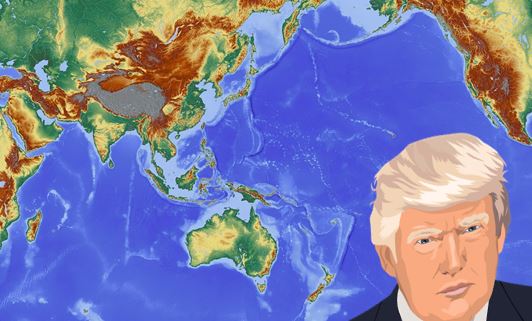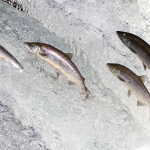 4.) Disengagement from Asia
4.) Disengagement from Asia
A key aspect of former U.S. President Barack Obama’s foreign policy was his “pivot” toward Asia, which he prophesized would become the center of the 21st century economy. On Monday, 23 January, after just two full days in office, President Trump stamped out any vestige of the Asia pivot when he signed an executive order withdrawing the United States from the proposed Trans-Pacific Partnership Agreement (TPP).
With the evaporation of the TPP, countries in Asia and the Pacific region are now looking at the Regional Comprehensive Economic Partnership (RCEP) to fill the void. The RCEP places less emphasis on intellectual property rights protection, has looser environmental and labor standards and doesn’t contain the restrictions on state-owned enterprises that the TPP did.
In short, it’s a plan that would exclude the United States and make China unquestionably the dominant player in the Eastern Hemisphere. From a seafood perspective, that means increased barriers in accessing the lucrative and growing Asian markets, and rougher competition in accessing Asian seafood. It also means the United States’ status as the primary market mover – both in Asia and internationally – is likely a thing of the past.






